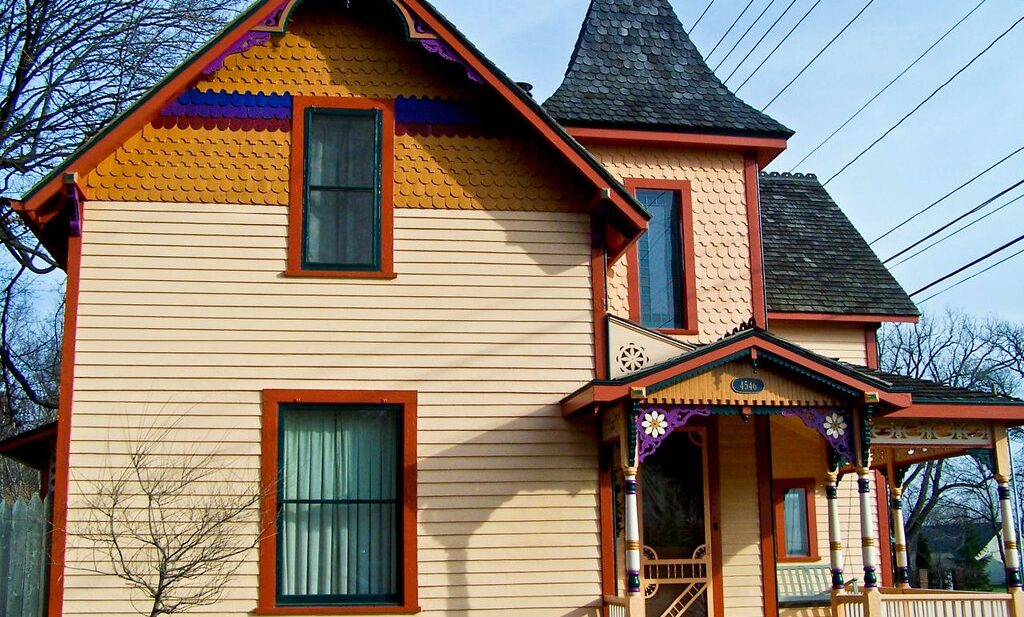
Whether you’re looking to upgrade your house trim or you need to replace damaged or rotting trim, there are a few things to keep in mind to ensure a smooth set-up and installation. Installing an attractive house trim as a building project can be challenging but ultimately very rewarding if it’s done right the first time.
Selecting a Trim
There are two common modern choices homeowners are confronted with when trying to determine what is the best trim to use for their home installation: wood and PVC trim. Wood is generally a slightly less expensive choice (depending on what type of wood it is), and so is usually a first choice for builders. Some wood trim needs to be treated or varnished.
By contrast, PVC has a number of advantages, the most notable being that it lacks the imperfections of wood, that it lasts forever, and due to the material, is completely weatherproof. Some PVC trim systems, such as the Stealth Trim System, are actually designed to facilitate quicker installation for builders. Painting over PVC with acrylic paint can make PVC trim look virtually identical to wood trim paneling.
For some outdoor finishes, aluminum trim is also used.
Establishing a Vision
Once you’ve determined what type of trim you’re going to use, the next step is to establish how to implement your vision. If you already have an idea for it, then this part is easy. If not, this is an opportunity to think through what you are looking for.
There are a number of ways to make a more appealing house trim: one author suggests applying classical Greco-Roman aesthetics to your installation to beautify the space. Another author suggests that modern homeowners are actually opting towards simpler, lower-maintenance design, meaning that often a simple design is best. While most trim installations fall somewhere between these two ideals, getting a clear idea of what you want speeds its implementation.
Installing
Once you have selected the trim, it’s time to get to work. Once you’ve measured out how much trim is used, it’s good to have a little extra on hand (a common rule of thumb is 10% over what is needed) in case of mistakes or changes. Depending on the type of trim used, removing the old trim is the next step—and removing interior trim is a relatively straightforward process. Removing interior trim requires few tools, if you remove the interior trim largely intact, you can use often the old trim to make measurements for the new trim. Removing exterior trim for replacement requires checking to see where any old trim may have become rotten.
It’s also a good idea to take note of existing mitre and cope cuts in the trim for inside and outside corners. Knowing which need to be done can speed the process substantially. If you are dealing with a wall that is longer than your trim, use a scarf joint—a 45 degree angle cut into the both pieces of the trim to angle them together. A deeper explanation of each of these angled cuts can be found here. Finally, exposed corners should be sanded– and painted over or protected if using wood trim. They are entry points for moisture for wooden trim.
By taking a little time to plan and envision how you want your new trim to look and function, you can save yourself hours of labor. Changing trim is a straightforward process, and done properly, can add beauty, years of function, and value to a home.

Leave a Reply